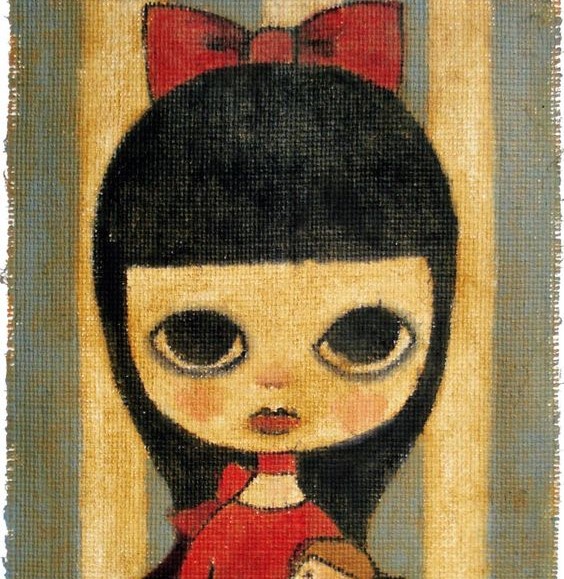Attachment Theory
Cards (12)
- What is attachment?A strong emotional bond formed between infant and caregiver in the second half of the child’s first year
- Earliest bonds
- Separation anxietyDistress caused by separation from caregiversSeparation distress/anxiety:
- Indicates a specific bond (usually between child and caregiver)
- Is culturally universal
- As infants age, their display of separation distress changes:
- Crawling babies will begin to seek out their caregivers, while talking infants will ask for them
- Psychoanalytic TheoryFreud emphasised the mother–child bond
- Nursing is earliest form of pleasure
- Babies have different bonds (based on gender roles) to their different parents, and these persist throughout life
- Learning Theory
- Babies have physical drives like thirst and hunger
- When caregivers respond to these drives, the child associates the caregiver with positive reinforcement
- These biological drives guide attachment
- Ethological Theory
- John Bowlby was the first to call the parentchild bond ‘attachment’
- Infant wants to be proximal to caregiver
- Focus on evolutionary role of attachment
- Instinctual behaviours ensures that parents care for their child
- Mutual attachment – distinct from dependency (e.g., reliance for sustenance)
- Phases of attachment
- Basis of social interactionSmiling
- Basis of social interactionContingent responding
- Person A does something; Person B responds
- By 1.5 months, babies get uneasy if adults keep a “still face”
- Basis of social interactionSocial referencing
- Look to others to see how to react
- Joint attention/gaze following:
- Call attention to something by looking at it, looking back at caregiver, and looking at it again
- Basis of social interactionClinging
- Perhaps more important for primates – these babies have to grab on!
- Human babies’ touch also creates proximityseeking responses in parents
- Bowlby’s internal working modelInfant has one internal working model, which persists over time and is shaped by the quality of early interactions
- Promotes continuity of attachment patterns across generations
